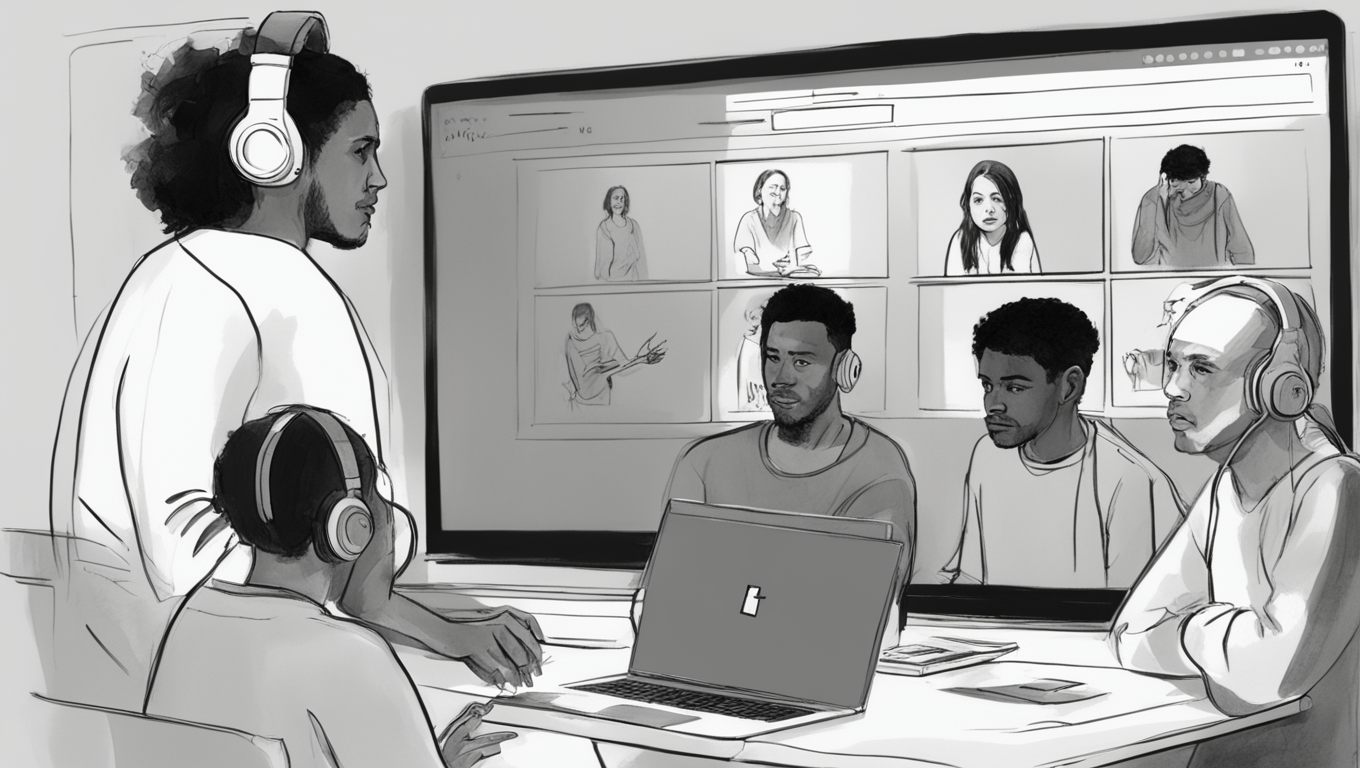At the recently concluded Build conference, Microsoft unveiled an exciting new feature that will revolutionize the way we experience online videos. With an upcoming AI-powered update to Microsoft Edge, users will soon be able to watch and listen to videos in languages other than their own. This real-time translation feature will initially be available on YouTube, Reuters, CNBC News, Bloomberg, Money Control, LinkedIn, and Coursera, with plans to support other sites in the future.
To address privacy concerns, Microsoft assures users that the translation process occurs completely on their own devices, with no data or content from the video leaving their device or being processed in the cloud. This ensures a secure and private user experience. However, it’s important to note that, like all AI technologies, the translation feature may have its flaws and fallibilities. Factors such as the source language, the number of speakers, and any background music can affect the accuracy of the translation.
To demonstrate how this feature works, Microsoft CEO Satya Nadella shared a video clip on the Edge features page. When hovering over a supported video, a small toolbar with a translate icon will appear. By clicking on the icon, users can select the source and target languages and even choose to display subtitles. After clicking the Translate button, the video pauses as the audio is translated on the user’s device. Once the translation is complete, the video resumes using the selected target language, with subtitles available if chosen.
This advancement in Microsoft Edge is part of the company’s overarching strategy to infuse AI into its products and services. The browser already offers a Copilot sidebar, which provides users with access to an AI tool for generating content, finding information, and asking questions. Real-time translation is another AI-based capability that Microsoft is keen to include in its product lineup.
While the number of languages available for translation is currently limited, the company plans to expand the language options as the feature rolls out officially. Initially, audio sources in Spanish and Korean can be translated into English, while English audio can be translated into Hindi, German, Italian, Spanish, and Russian. This is an exciting prospect for individuals who want to access content in other languages without language barriers hindering their understanding.
In addition to real-time translation, Microsoft is also working on caption features that will display text in English for any audio across various applications and video platforms. Supporting more than 40 languages, these captions will be available in apps and services such as Microsoft Teams, Zoom, Chrome, and Netflix. This further enhances accessibility and inclusivity, allowing users to consume content in their preferred language.
As technology continues to evolve, AI-powered features like real-time translation are shaping the future of digital experiences. With Microsoft Edge’s upcoming update, users can look forward to a more seamless and immersive online video experience regardless of language barriers. The ability to watch and listen to videos in any language opens up a world of possibilities, enabling individuals to connect, learn, and be entertained on a global scale.
In the words of Satya Nadella, “We want to empower every person and every organization on the planet to achieve more. AI-powered features like real-time translation in Microsoft Edge are just one way we are working towards that goal.” Microsoft’s commitment to harness the power of AI and make it accessible to all is certainly commendable, and this latest feature is a testament to their dedication to innovation and user-centric design.





Use the share button below if you liked it.